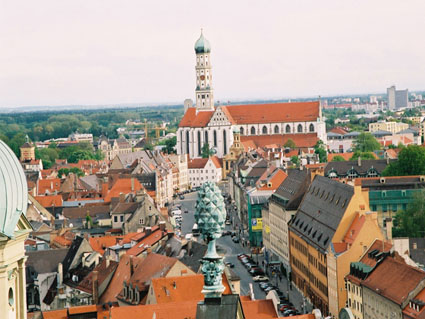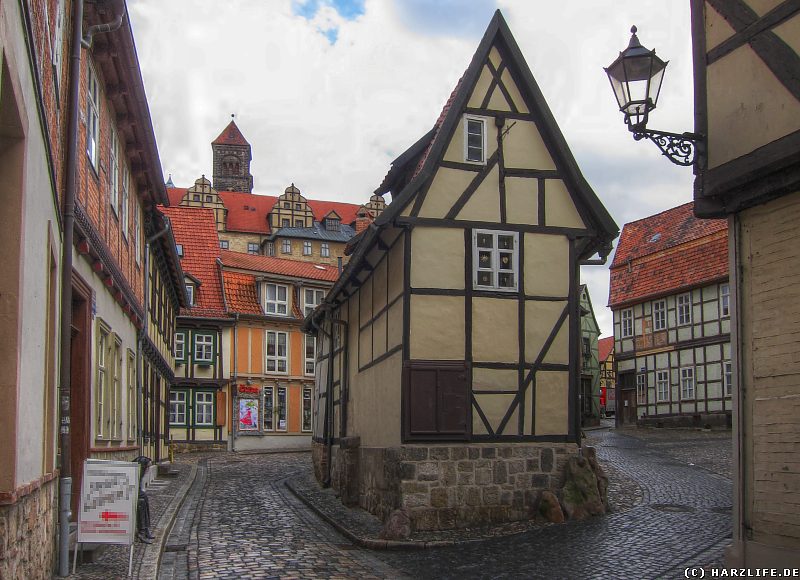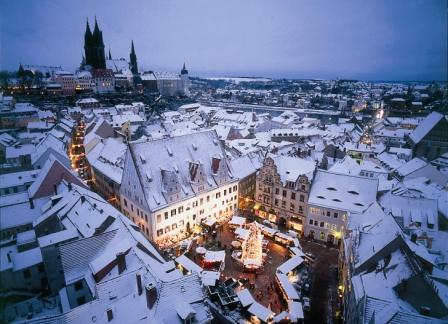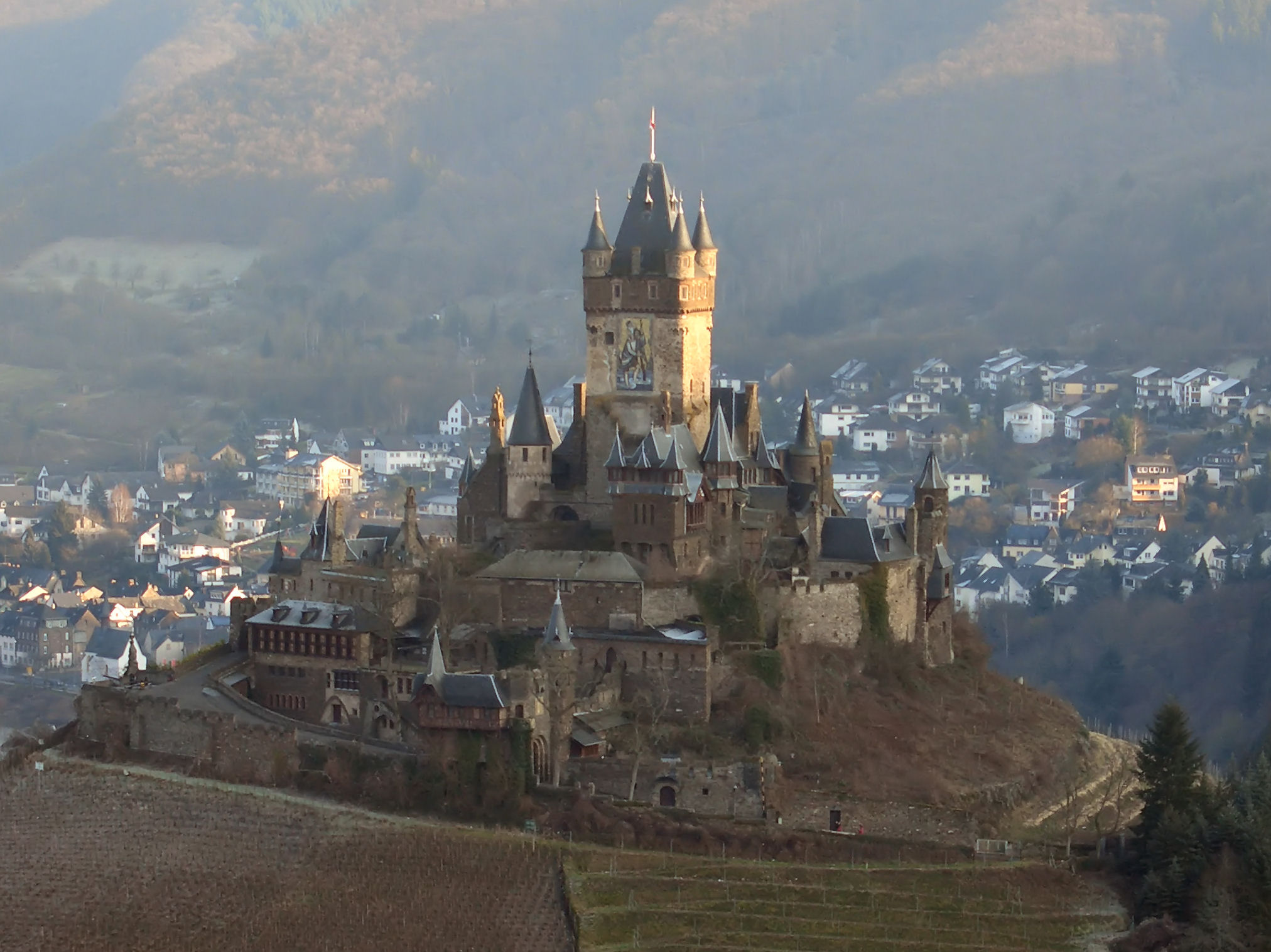If you drive through Germany and explore its cities and towns, you will experience that many cities are scattered throughout the country. There are however large German cities like Berlin, Hamburg, Munich and Cologne, as well as a lot of towns and villages.
Germany has about 82 million inhabitants. In the largest city, Berlin, live however only about 3.4 million inhabitants. In other words, the German way of life is a bit different to some other countries on earth where most people live concentrated in huge cities.
There are countries in which it seems as if humans would almost flee into the large cities. Sure, in large German cities it is more likely that you will find a job than in the country, but the Germans dare to live comfortable and calm. There is sufficient stress during the day so it’s good to relax in the evening, in a calm environment.
Germany is remarkable for its attractive smaller towns and cities, scattered like gemstones around the country. In these historic hamlets, many of them located less than an hour’s train ride from a major metropolis, you ‘ll find a very different Germany, brimming with the flavors of the past

- An easy daytrip from Hamburg, lovely Lübeck epitomizes the maritime culture and redbrick architecture of northern Germany. So many architectural gems are located here that the entire Old Town is a UNESCO World Heritage Site – a place judged to be of exceptional cultural value.
- Weimar, in eastern Germany, was a cradle of the German Enlightenment of the late 18th and early 19th centuries. This small unspoiled town was home to Goethe and Schiller, among others, and provides a glimpse into 18th-century German life and culture.

- Rothenburg ob der Tauber, a major highlight among the Romantic Road, it is a walled medieval city loaded with picturesque charm. You can walk along the old city walls of this perfectly preserved gem and stroll down streets that haven’t changed much in hundreds of years.

- A stop on the Romantic Road or an easy daytrip from Munch, Augsburg is full of historic panache and architectural surprises, including Renaissance-era palaces and the oldest almshouse in Germany.

- Located in the Bavarian Alps near Neuschwanstein Castle, Füssen invites you to stroll along its cobblestone streets past stone houses and a rushing mountain river.

- One of the most sophisticated spa towns in Europe, Baden-Baden offers an extraordinary range of spa treatments during the day and elegant gaming rooms at night.

- Heidelberg, an old university town on the Neckar River, enchants visitors with its romantic setting, historic streets, and enormous castle.

- Quedlinburg: Spared in part from the ravages of World War II, this town in the Harz mountains still evokes the Middle Ages with its, 1600 half-timbered buildings, more than any other town in the country. Named a UNESCO World Heritage Site, Quedlingburg is a gem of yesterday and was an imperial residence for 2 centuries.

- Meissen, situated 25km north of Dresden, this is a romantic little town built along the banks of the River Elbe. It’s celebrated for its porcelain, which carries a trademark of two crossed blue swords and is valued by collectors the world over. Even without its porcelain factory, the town merits a visit for its quiet charm, its old buildings, and its 15th-century castle.
- Dinkelsblüh, situated along the Romantic Road, it is not as grand as the more celebrated Rothenburg, it has fewer tourists and therefore retains more old-time charm.

- Mittenwald, has long been celebrated as the most beautiful in the Bavarian Alps, with magnificently decorated houses, painted facedes and ornately carved gables. In the mid-17th century, it was known as “the Village of a Thousand Violins†because of the stringed instruments made here.

- Lindau, dates back to the 9th century, this former free imperial town of the Holy Roman Empire is like a fantasy of what a charming Bavarian lakeside village should look like. This garden city under landmark protection is enveloped by aquamarine waters, and one part of it is known as the Gardenstadt because of its luxuriant flowers and shrubs.

- Rüdesheim, is the most popular wine town in the Rhine Valley, being set along the edge ot he mighty river. Rüdesheim is known for its half-timbered buildings and its Drosselgasse, a narrow cobblestone lane stretching for 180m and lined with wine taverns and cozy restaurants.

- Cochem, is an idyllic medieval riverside town situated in the wine country on the banks of the Mosel river. It is famous for its towering castle, dating from 1027. On the left bank of the Mosel, Cochem lies in a picture-postcard setting of vineyards. Little inns serving a regional cuisine along with plenty of Mosel wine make Cochem a highly desirable overnight stop and a nice alternative to the more commercial centers found along the nearby Rhine.
Adding my personal opinion to this article I have to state that the charm, history and romance of the smaller cities and towns in Germany have captured my heart and imagination.





